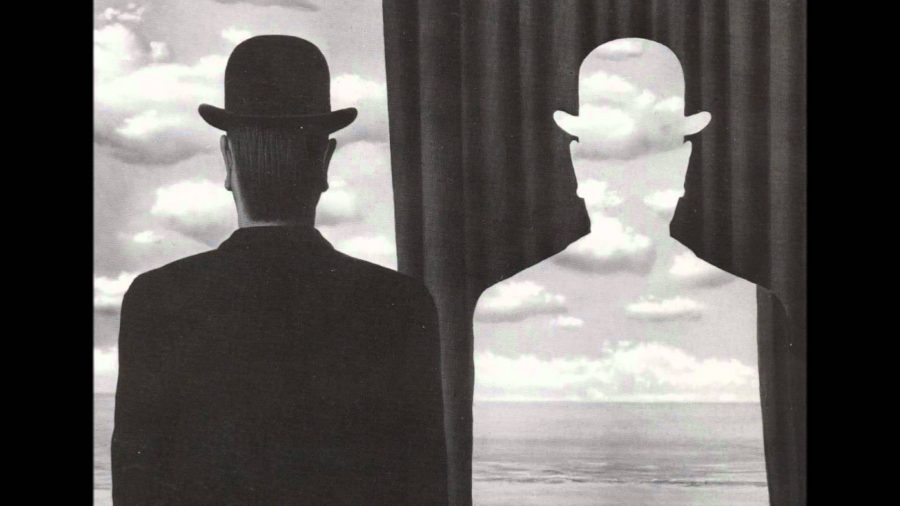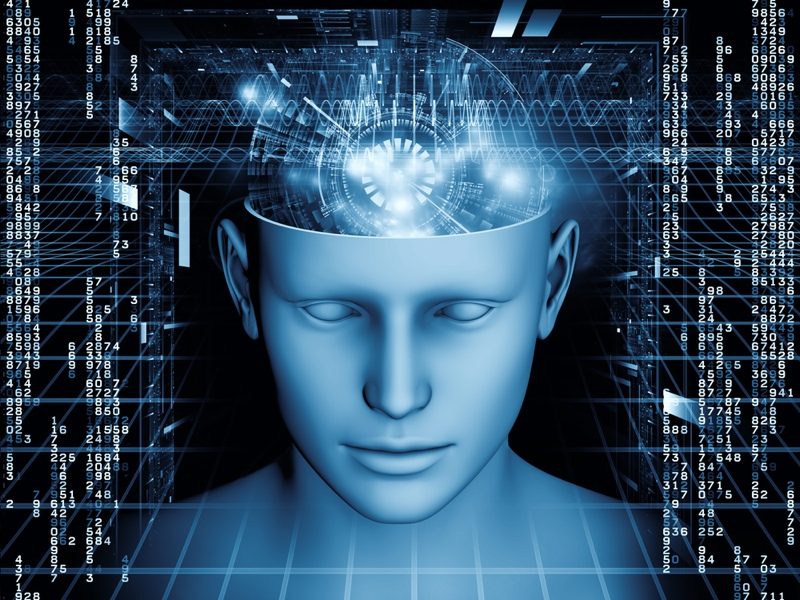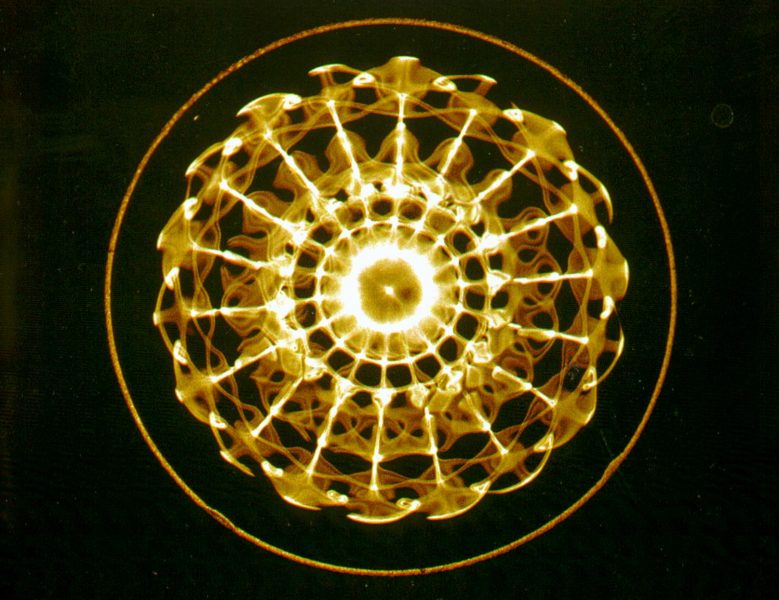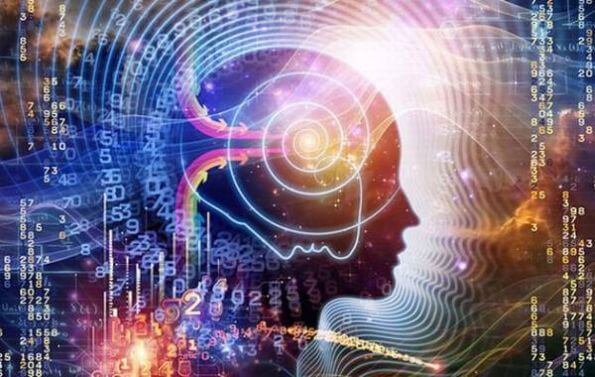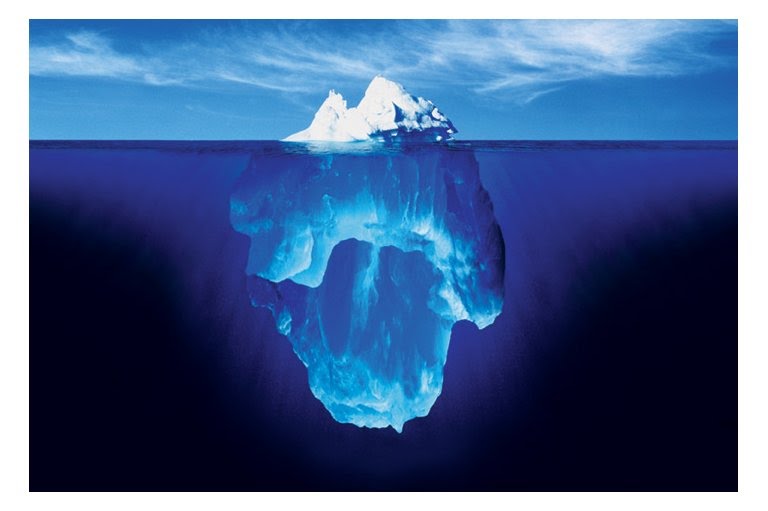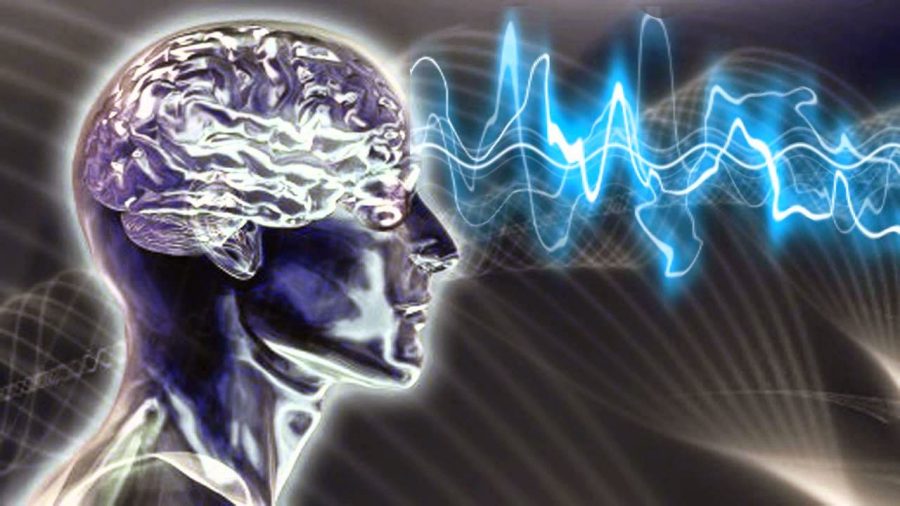Western thought has wrestled with the concept of whether such things as brains and minds are one in the same, some version of monism, or whether they are distinct and separate, some version of dualism.
Rene Descartes, a prominent French philosopher, was an intellectual giant in his day. He created the “cartesian plane” which bears his name, which you may recall from high school algebra. He started a philosophical enquiry into the nature of reality by starting from a position of extreme skepticism, eliminating all dogma and based upon belief with only that which was self evident. He arrived at the famous phrase, often quoted, of “I think, therefore I am.” A brief series of other “self-evident” statements led to his suggesting a strong form of dualism, suggesting that physical reality and mental [spiritual] reality were entirely separate realities. The social ramifications of this conclusion freed science from the chains of church mediated versions of pseudo-science. Freeing scientific inquiry from religious dogma led to the technological and scientific revolutions, the fruits of which we enjoy today. From a practical standpoint, this dualistic philosophy of Descartes allowed science control over the study of the measurable and physical, but left religious authorities in control of matters related to the spirit.
Intuitively, dualism, at least in the West, feels so natural and experientially real: we experience sensations, emotions, and ideas, we don’t experience brain waves or brain chemicals in a direct way. It is so intuitively appealing, that although this strict form of dualism has substantial problems, it is often the manner in which we live.
Yet, the dualism of Descartes left one giant question: how does an immaterial mind affect the physical brain [and the reverse]? That difficult, if not impossible question, led many more recent theorists to propose some version of monism: mind and brain as identical. Various models of biological monism remain in vogue with neuroscientists. The most radical version of this espoused by Daniel Dennett even suggests that subjective experience does not even exist, and likens it to an illusion of subjective experience. That seems a rather high price to pay for an answer to dualism’s problems.
Mental monism was suggested by Bishop Berkeley, and known as Idealism. Mental monism declares the entire physical world a complete illusion with the only truly real being the thought or idea. Berkeley suggested this theory in response to what he perceived as the inappropriate emphasis on physical reductionism.
There is [rather amazingly] no experiment which could be performed, even in theory, that can actually refute the claims of any of these three perspectives: neuroscience tends to make the assumption of biological reductionism, but that a priori assumption does not prove truth. An open mind, therefore, is a prerequisite to exploring the more insightful questions.
Eastern philosophy largely escapes the questions of dualism versus monism, in that it assumes that the level of physical reality is distorted by the Veil of Maya. In that model, everything is the result of a monism of consciousness being interpreted as a dualistic universe by instruments as primitive as the five senses, the brain and general awareness. Such a solution is inherent in interpretations of the Qabalah as well, with monism implied the highest levels, but dualism required in lower physical realms.
Like this:
Like Loading...

